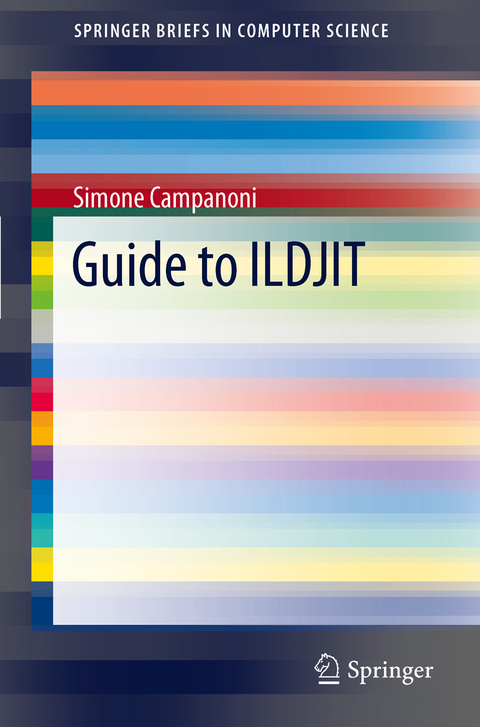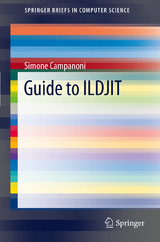Guide to ILDJIT
Seiten
2011
Springer London Ltd (Verlag)
978-1-4471-2193-0 (ISBN)
Springer London Ltd (Verlag)
978-1-4471-2193-0 (ISBN)
This book is a guide to getting started with ILDJIT, a compilation framework designed to be both easily extensible and easily configurable. After an introduction to ILDJIT, this guide goes into detail on how to exploit it by extending the framework to match specific requirements.
This book is a guide to getting started with ILDJIT, a compilation framework designed to be both easily extensible and easily configurable. Within this framework, it is possible to build a tool-chain by customizing ILDJIT for specific purposes. Customizations can be used within both static and dynamic compilers already included in the framework without adaptations. Moreover, customizations allow modification of both the behaviors and the characteristics of these compilers to better satisfy the particular need. Currently, ILDJIT is able to translate bytecode programs to generate machine code for both Intel x86 and ARM processors. By relying on ILDJIT technology, more input languages or platforms can be supported. After an introduction to ILDJIT, this guide goes into detail on how to exploit it by extending the framework to match specific requirements. Finally, there is an introduction and discussion of the design choices followed during the authors’ years of development efforts towards ILDJIT.
This book is a guide to getting started with ILDJIT, a compilation framework designed to be both easily extensible and easily configurable. Within this framework, it is possible to build a tool-chain by customizing ILDJIT for specific purposes. Customizations can be used within both static and dynamic compilers already included in the framework without adaptations. Moreover, customizations allow modification of both the behaviors and the characteristics of these compilers to better satisfy the particular need. Currently, ILDJIT is able to translate bytecode programs to generate machine code for both Intel x86 and ARM processors. By relying on ILDJIT technology, more input languages or platforms can be supported. After an introduction to ILDJIT, this guide goes into detail on how to exploit it by extending the framework to match specific requirements. Finally, there is an introduction and discussion of the design choices followed during the authors’ years of development efforts towards ILDJIT.
Introduction.- Generating, Compiling and Executing Bytecode Programs.- Platform-Independent Extensions of the Framework.- Compiling with Optimization.- Intermediate Representation (IR).- Analyzing and Transforming Programs.- Internal Structure.- Getting Help.
| Erscheint lt. Verlag | 15.9.2011 |
|---|---|
| Reihe/Serie | SpringerBriefs in Computer Science |
| Zusatzinfo | 30 Illustrations, black and white; XIII, 97 p. 30 illus. |
| Verlagsort | England |
| Sprache | englisch |
| Maße | 155 x 235 mm |
| Themenwelt | Mathematik / Informatik ► Informatik ► Programmiersprachen / -werkzeuge |
| Informatik ► Theorie / Studium ► Compilerbau | |
| Schlagworte | Adaptable Compiler • Bytecode Translation • Code Analysis and Transformations • Code Profiling • Compilers • Dynamic Compilers • Managed Programs • Parallel Compilation • program analysis • Virtual machine |
| ISBN-10 | 1-4471-2193-7 / 1447121937 |
| ISBN-13 | 978-1-4471-2193-0 / 9781447121930 |
| Zustand | Neuware |
| Haben Sie eine Frage zum Produkt? |
Mehr entdecken
aus dem Bereich
aus dem Bereich
a beginner's guide to learning llvm compiler tools and core …
Buch | Softcover (2024)
Packt Publishing Limited (Verlag)
CHF 69,80




